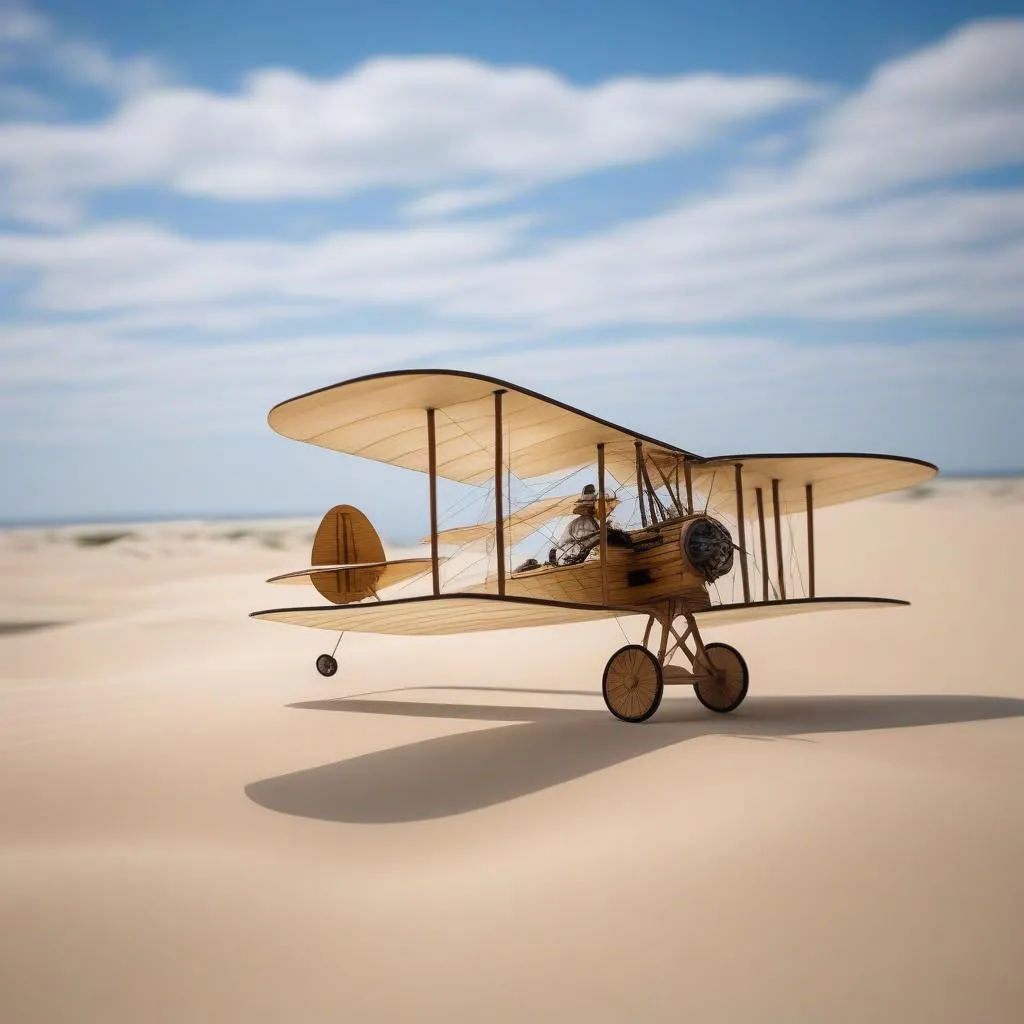Have you ever gazed at a jumbo jet soaring across the sky and wondered, “When did this incredible feat of engineering become a reality?” The invention of airplanes, those magnificent machines that allow us to traverse continents in a matter of hours, is a story interwoven with ambition, ingenuity, and a touch of daring.
The Dawn of Flight: From Dreams to Gliders
Our fascination with flight predates history itself, reflected in myths like Icarus’s wax wings. But the journey towards actual flight began in earnest in the late 19th century. Pioneers like George Cayley in England and Otto Lilienthal in Germany started experimenting with gliders, paving the way for heavier-than-air flight.
The Wright Brothers: Taking Flight in Kitty Hawk
The pivotal moment arrived in 1903, on the windswept dunes of Kitty Hawk, North Carolina. Two brothers from Ohio, Wilbur and Orville Wright, after years of meticulous research, design, and testing, achieved the first successful sustained flight of a powered, heavier-than-air machine. Their Wright Flyer, a fragile biplane of wood and fabric, stayed aloft for a mere 12 seconds, covering a distance shorter than a Boeing 747’s wingspan. Yet, those precious seconds changed the course of history.
 wright-flyer-first-flight
wright-flyer-first-flight